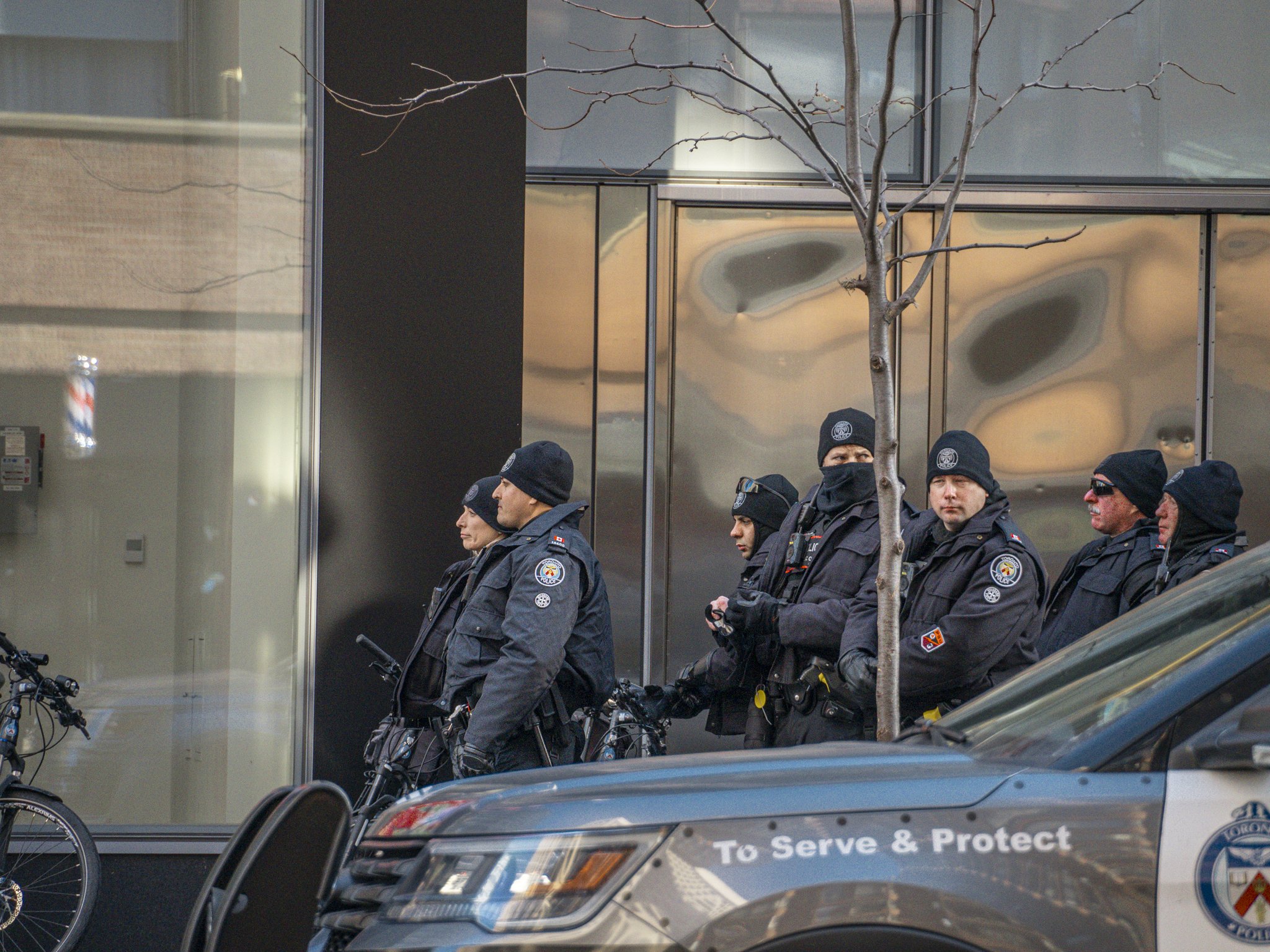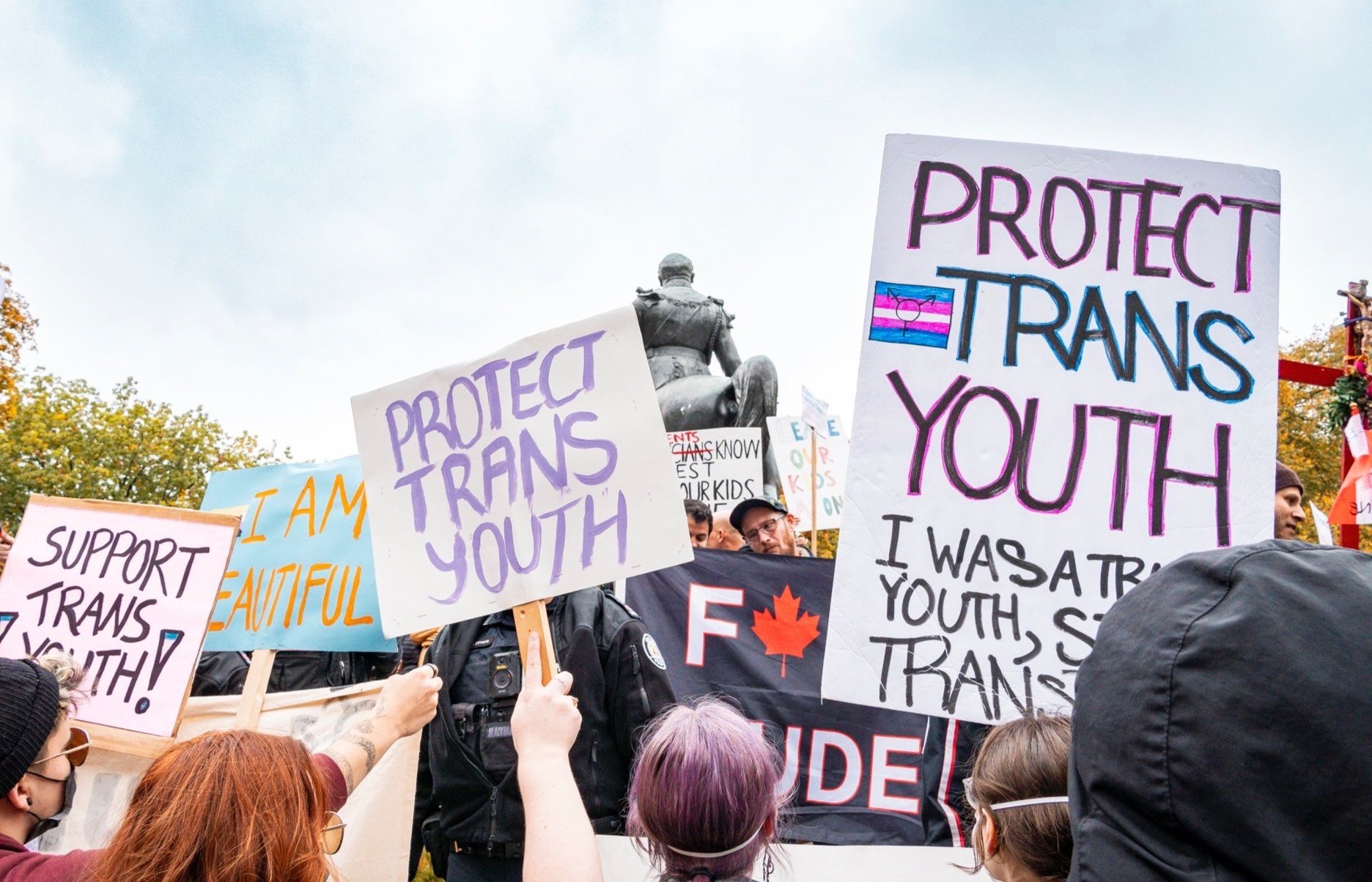
But Toronto Police Association says…
The police have an agenda: convince Toronto they are an essential service to the safety of all communities. Let’s go through some of their points and offer some perspectives, backed by reports, research, and data.

TPA: “For five of the last 10 years, the Service has received a 0% increase; The TPS portion of the City’s overall budget has decreased 11% since 2010”
Truth: TPS has been receiving steady increases over the last several years. It is worthwhile to note as well the funding to all other services are pennies, compared.
(Sources: Change Lab, City of Toronto)

TPA: “The demand for services is going up.”
Truth: Calls for service are not growing, nor is crime up in volume or severity. Knowing that, what are the calls for service about? Are they about homelessness and mental health? We know that police do not respond appropriately to these issues, and there have been many calls for police to be removed from responding to people in crisis. Who are the people who get (over)policed? According to the Ontario Human Rights Commission, there is an extensive pattern of the harm that the police have caused to racialized and poor individuals.

TPA: “There will always be a role for police to play in responding to mental health calls for service and detasking is not the answer to this problem.”
Truth: Detasking police from responding to mental health absolutely IS the answer, as police do not respond appropriately to mental health calls. In addition, if the city actually funded adequately and robustly in mental health, homelessness, shelter services, and poverty-reduction strategies & programs, then we wouldn’t be here. Research also suggests that the vast majority of 911 calls do not involve violent situations or necessitate the capacity for the use of force, and that civilian personnel would be appropriate in at least 60% of all calls.

TPA: “The increased response times to the most urgent emergencies is precisely why we need more money”
Truth: Response times are a result of 911 dispatch staffing issues; more police funding would not resolve this. In addition, as mentioned above, there is an expectation for cops to do too many tasks; many of which are not actually suitable for cops to be responding. If the cops stopped attempting and being funded to do jobs outside of their scope and qualifications, perhaps they could address their own issue of increased response times.
“The response time scenario does not reflect what happens in the real world...Even if police arrive promptly, a considerable time has usually elapsed since the incident occurred, and the perpetrator is no longer on the scene. Lengthening the response time period would substantially improve compliance rates but would not yield better results...Like the clearance rate, response time does not measure efficiency.”
In addition, police are having trouble with retention and recruitment. Perhaps the reasons why the retention and turnover is high is because of the realities of the Toronto Police Service that have surfaced over time, including discrimination, harassment, abuse, and
serious misconduct.
TPA: “These delayed response times affect our ability to deal with “the most urgent emergencies”
Truth: The truth is that cars/drivers are Toronto’s biggest threat to safety, and yet the “Toronto police has never charged fewer drivers with a criminal offense.” Multiple reports have also highlighted and questioned why Toronto police have stopped enforcing traffic safety.
TPA: “Without this budget increase, the police will have fewer resources to manage the pressures in hate crimes, auto theft, and drug investigations.”
Truth: If we are honest, how does more police deter auto thefts? Police show up after the fact, and they only solve 2% of all major crimes. According to the TPS themselves, they have less than a 20% clearance rate for crime against property (TPS Annual Statistic Report, 2022, Page 9). Why would we keep funding a sector that has no accountability, nor results? Statistics Canada has also shown “that 50% to 80% of the calls police respond to are in fact non-criminal in nature and comprise incidents such as alarms, disturbances, domestic disputes, traffic accidents, sick or injured persons, overdoses and mental health-related calls.” Drug investigations often focus on street-level drugs and substance users, often targeting poor and racialized individuals. If we are truly concerned about drugs and fatalities, harm reduction, safe supply and overdose prevention programs are what need to be funded.

TPA: “The city polices thousands of demonstrations, protests and events; 80% of consular offices; 22% of all human trafficking; and acts as a hub for gun/gang activity.”
Truth: What are the police actually doing at demonstrations? Who are the groups and protests targeted?
A great deal of them are often comprised of racialized and otherwise marginalized groups, whose safety is at greater risk with a police presence.
TPA: “The city polices thousands of demonstrations, protests and events; 80% of consular offices; 22% of all human trafficking; and acts as a hub for gun/gang activity.”
Truth: The City’s responsibility is to build and create a safe and thriving city for all its residents. Funding policing does not contribute to this, especially when increases to police funding means that vital social services are suffering and communities are actively harmed from compounding intersections of oppression and violence.







